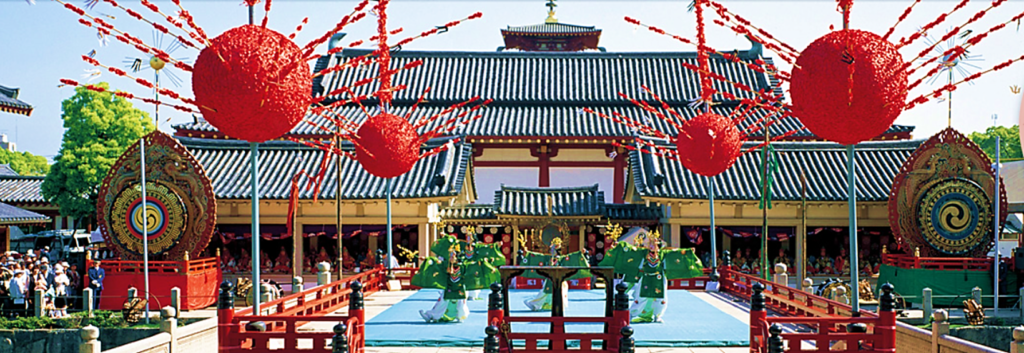
1. Osaka’s Ancient Gem: Your Complete Guide to Shitennoji Temple
Nestled in Osaka, the Shitennoji Temple is a real gem steeped in history. It’s one of Japan’s oldest Buddhist temples, dating back to the late 7th century.
This place is a bit north of Tennoji station, right in the southern part of the city.
Back in 592, Prince Shotoku laid the foundations of this temple, making it the first-ever Buddhist temple in Japan supported by the state.
The name comes from the Shitenno, these four guardian deities in Buddhism who look out for the world.
Legend has it that Prince Shotoku safeguarded images of these Buddhist deities and pledged to build a grand temple if he managed to defeat a group opposing Buddhism in Japan.
And he delivered on that promise, using land seized from his adversaries to construct the Shitennoji Temple.
That move officially recognized Buddhism as a state religion.
Can you imagine, amongst the clatter of ramen bowls and the neon blaze, finding tranquil temples, whispering stories of centuries past?
Most of what you’ll see today at the temple is a product of reconstruction work from the 1960s.
They’ve tried to keep it true to its original style and significance.
Exploring the Shitennoji Temple Complex
This place is massive!
There’s a sprawling open plaza with lots of gates, halls, gardens, and sculptures. You can stroll through the plaza anytime, day or night – it’s always open and free to roam.
At the heart of it all is this walled space called the garan, where the main hall and a stunning five-story pagoda stand.
Remember, there are specific visiting hours and a small fee to get into this central area.
What You’ll Find Inside at Shitennoji (Stone Torii, Great West Gate, Garan, Kameido Hall, Rokujiraisan-do Hall.
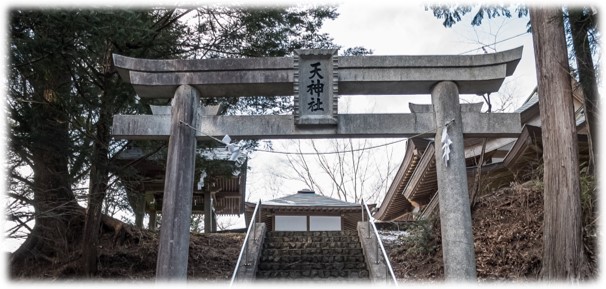
Stone Torii
You enter, you might notice a stone torii.
A living museum of religious evolution, the temple showcases a fascinating blend of Shinto and Buddhist elements, each brushstroke reflecting Japan’s diverse spiritual history.
The stone torii serves as an entry point and often represents the boundary between the sacred and the mundane in Japanese culture.
It symbolizes a blend of Shinto and Buddhist influences, reflecting the intricate religious history of Japan.
Torii gates are fundamental elements of Shinto shrines, signifying the transition from the secular world to the sacred space of the shrine precincts.
The incorporation of Buddhist elements in the torii might indicate syncretism or the harmonious coexistence of different religious beliefs and practices within Japanese society.

Great West Gate
Upon passing the stone torii, which serves as an iconic symbol at the entrance, you’ll discover a vibrant temple complex.
Stepping through the temple grounds, one’s gaze is instantly drawn to the grandeur of the Great West Gate, Gokuraku-mon, commanding the scene with its imposing presence.
Positioned as the primary entry point, this majestic gate embodies a transition from the worldly to the spiritual.
Reach the big gate, there’s a special spot off to the right where people wash their hands and get ready for the peaceful temple.
This symbolic cleansing ritual, a revered tradition, prepares individuals for their spiritual journey within the temple grounds.
The Great West Gate stands as an architectural marvel, heralding a captivating exploration into Japan’s rich religious legacy.

Garan
The Garan is like the heart of the temple, you know? It’s where all the action happens! You’ve got this amazing pagoda right there, standing tall and proud.
And nearby, in the main hall, they’ve got this statue of Prince Shotoku, a big deal in Japan’s history. Plus, there’s this quiet reading room, perfect for a peaceful break.
Stepping inside, you feel this special connection to the history and the craftsmanship that went into making it. It’s like getting a backstage pass to the temple’s hidden wonders.
Kameido Hall
Hidden within the temple grounds, the Kameido Hall is a hidden gem awaiting discovery. Legend has it that this secluded spot holds a fascinating tale of sacred water and a toothpick attributed to Prince Shotoku, who supposedly used it to craft a self-portrait.
It’s one of those intriguing anecdotes that bring an added layer of mystique to the temple’s heritage, waiting to be unraveled by inquisitive visitors seeking the temple’s hidden tales.
Rokujiraisan-do Hall
Sits right next to the garan at Osaka Shitennoji. This building is where people say prayers to Buddha and important statues are kept.
More to Explore (Historical Place)
There’s a bunch more to see – wooden carvings, bell towers, a beautiful garden, and even specific events throughout the year, like markets, equinox ceremonies, and New Year celebrations.
Tips for Your Visit (Open Hours)
The temple’s open daily, usually from 8:30 a.m. to 4:30 p.m.
Wandering the complex is free, some parts, like the main hall or the Japanese garden, might need a ticket.
・April to September 8:30 – 16:30 *21st of each month 8:00 – 17:00
・October to March 8:30 – 16:00 *21st of each month 8:00 – 16:30
・Rokujido 8:30 – 18:00 *21st of each month from 8:00
Ticket Price (¥200~¥500)
・Central Temple: Adults ¥300 / High~College Students ¥200
・Treasure Museum: Adults ¥500 / High~College Students ¥300
・Honbou Japanese Garden: Adults ¥300 / All Students ¥200
For save your cost: Check it out!
Location
Location: 1-11-18 Shitennoji, Tennoji-ku, Osaka, 543-0051
Tel: 06-6771-0066
Fax: 06-6773-4921
URL: https://www.shitennoji.or.jp/
What’s Around
Tennoji’s neighborhood is worth checking out, along with places like Shinsekai, Den Den Town, Dotombori, Namba, Amerika Mura, and Sumiyoshi Taisha Shrine.
Lots of cool spots nearby!
Getting to Shitennoji Temple (Near 3 Subway Stations)
Getting to Shitennoji Temple is pretty easy.
You can hop off at Shitennoji-mae Yuhigaoka Subway Station, or it’s a 15-minute walk from Tennoji station or Osaka-Abenobashi station.
You might want to look up directions using the temple’s website or a map of Osaka.
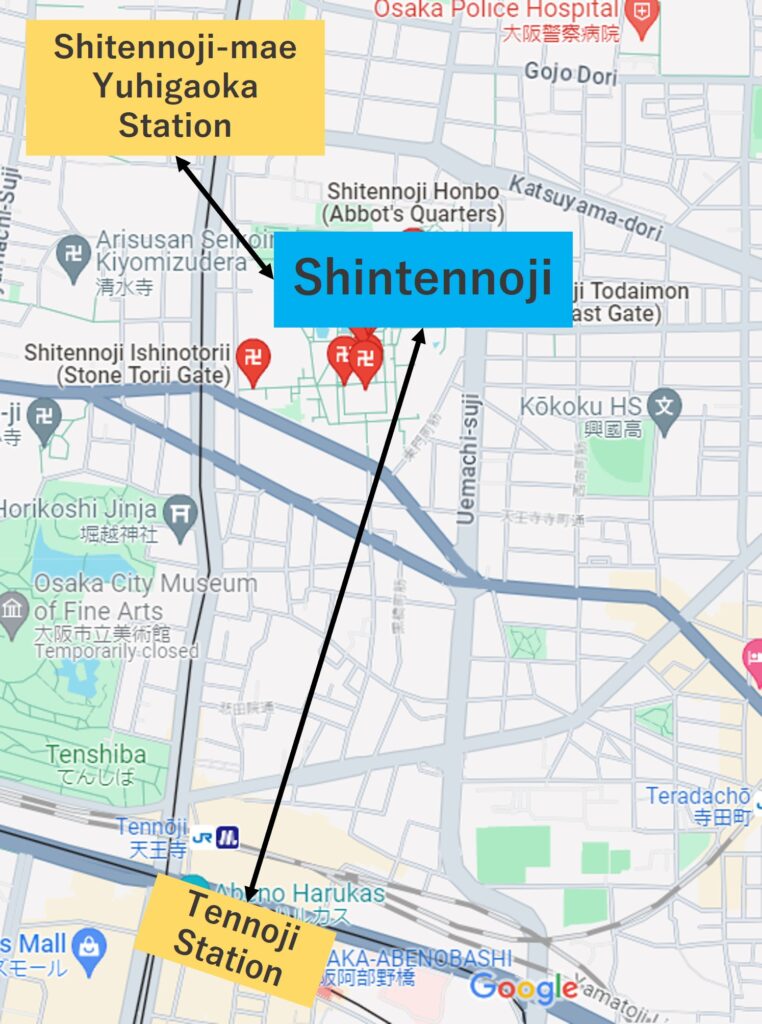
History
Shitennoji Temple in Osaka isn’t just a building, it’s like a time machine taking you back to Japan’s amazing past and telling stories about Buddha. Cool!
In 593 AD, Prince Shotoku, visionary and Buddhist champion, dreamt this sanctuary into existence. Dedicated to the celestial guardians, Shitennoji rose, a bastion of faith in a nascent era.
Osaka, a city that never gives up!
No matter how many times it gets hurt, Osaka always comes back stronger. Just like the tough people who live there!
Imagine emperors pacing temple grounds, their whispers mingling with the scent of burning incense.
Picture weary travelers seeking solace in the quietude of the Gokuraku-jodo Garden, its serene ponds mirroring the paradise it promised.
Hear the rhythmic chant of morning prayers, a heartbeat pulsating through the centuries.
Shitennoji isn’t just a museum of relics; it’s a living archive.
The five-storied pagoda, a weathered silhouette against the sky, stands silent witness to battles fought and won.
Each worn beam whispers tales of emperors and monks, a testament to Osaka’s enduring spirit.
Today, the scent of history mingles with the aroma of freshly raked gravel and ancient wood.
Geisha glide in silken kimonos, their delicate footsteps lost in the rhythm of the city’s hum.
Shakuhachi melodies twine through the air, a bridge between past and present.
As you leave, the whispers of the Four Kings linger, carried on the city’s vibrant pulse.
Osaka’s past, etched in Shitennoji’s heart, reminds us that even amidst neon lights and bustling markets, history whispers promises of a timeless present.
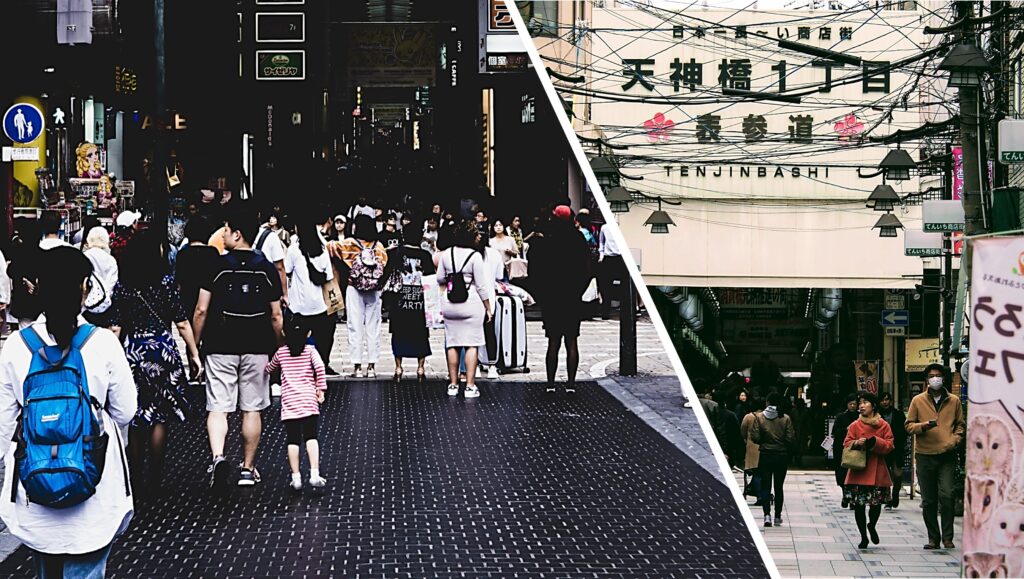
2. Tenjinbashi-suji: Osaka’s Ultimate Shopping Spot
Tenjinbashi-suji, cutting through the lively northern area of Osaka, boasts over 600 stores along its 2.5-kilometer stretch.
It’s a shopper’s paradise, offering everything from vintage kimono shops to stalls serving delectable Japanese croquettes.
Nestled in the vibrant Tenma neighborhood, historically a bustling merchant hub, this spot is the real deal.
Into the Tenjinbashi-suji (No matter the weather, Rain roof)
This temple is huge! It’s like six smaller temples stuck together, each with its own cool gate to walk through. They call these areas ‘chome’.
Rain or shine, it’s all covered, making it perfect for exploration, no matter the weather.
45 minutes is all it takes to walk through. Good luck with that!
There’s just too much awesome stuff to see and eat, you’ll want to stick around for sure!

A Variety of Shopping Choices (Local Goods, Foods, Made in Japan)
Say goodbye to big-name brands – Tenjinbashi-suji thrives on that local vibe.
Discover typical Osaka souvenirs at spots like Tenjin Maido-ya, explore second-hand kimonos at Narita-ya or Tenma Kimono, or dive into the treasure trove of Daiso, the renowned 100-yen store.
And when hunger strikes, you’re spoilt for choice.
Indulge in sushi delights at Sushi Masa Nakaten or Harukoma Sushi, relish skewers (yakitori also) at Kushikatsu Dengana, or treat yourself to takoyaki at Takoyaki Doraku Wanaka Tenroku.
And Nakamura-ya’s croquettes? A flavor adventure awaits!
For a local hangout, swing by Ura Tenma Tenjin Yokocho for an izakaya vibe and some cold drinks.
Top it off with a freshly-made taiyaki from Naruto Taiyaki Tenjinbashi.
●Search for a location: Go to Google map
●For accurate place use this search keyword
ex) I want to check “Taiyaki Tenjinbashi“, recommended search keyword “Tenjinbashi-suji Taiyaki Tenjinbashi“
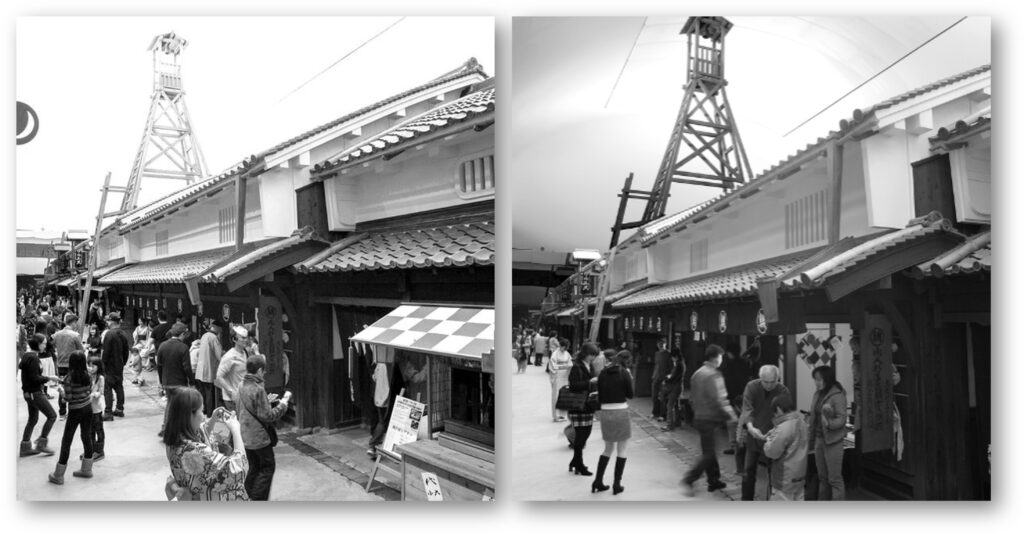
Hidden Gems and Nearby Fun
Down at the southern end of the arcade lies the Osaka Housing and Living Museum, a hidden gem among tourists.
Experience a life-sized replica of an Edo period street, offering a glimpse into Osaka’s rich history.
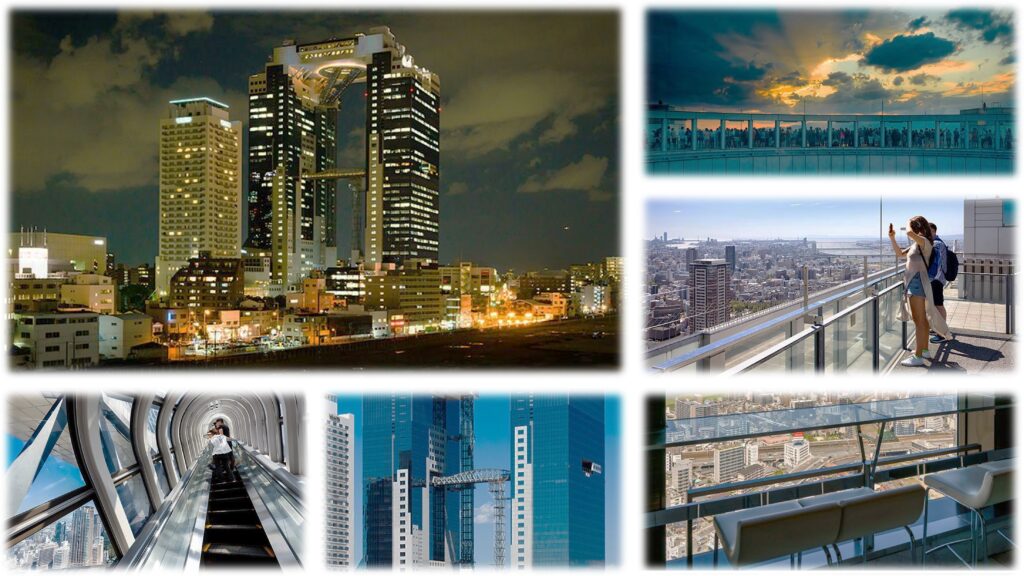
Beyond Tenjinbashi-suji
While this spot alone is fantastic, there’s more to explore nearby.
Visit Osaka Tenmangu Shrine, especially during plum tree blossom season or the lively Tenjin Matsuri festival.
Nakanoshima Island boasts financial hubs, museums, and serene parks.
And when spring arrives, don’t miss Osaka Castle – the cherry blossoms are a sight to behold!
For city enthusiasts, Umeda’s towering skyline, featuring the Umeda Sky Building and trendy shopping centers, awaits exploration.
Getting to Tenjinbashi-suji
Accessing this area is a breeze.
Accessible from Tenjinbashisuji 6-chome Station (Tanimachi and Sakaisuji Line); Minamimorimachi Station (Tanimachi & Sakaisuji Line); short walk from Ogimachi station (Sakaisuji Line).

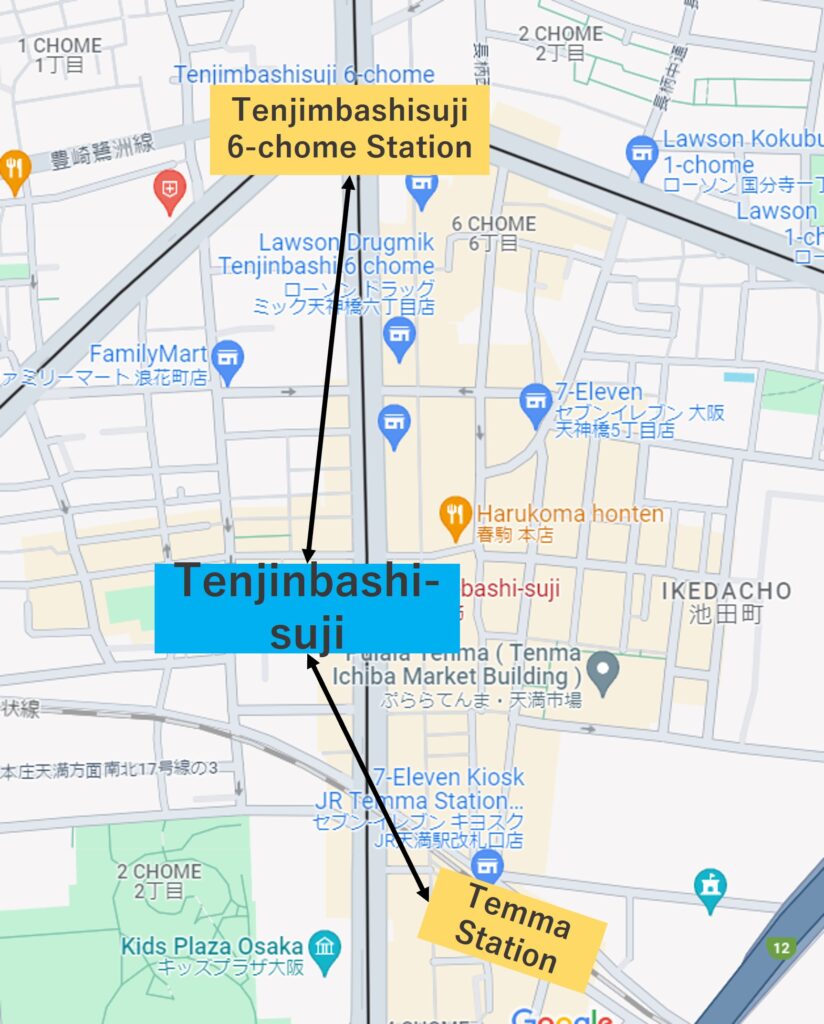
Atmosphere
Tenjinbashi-suji is one of Osaka’s coolest streets, full of shops and fun surprises for everyone. It’s like a big playground for people who love shopping and exploring.
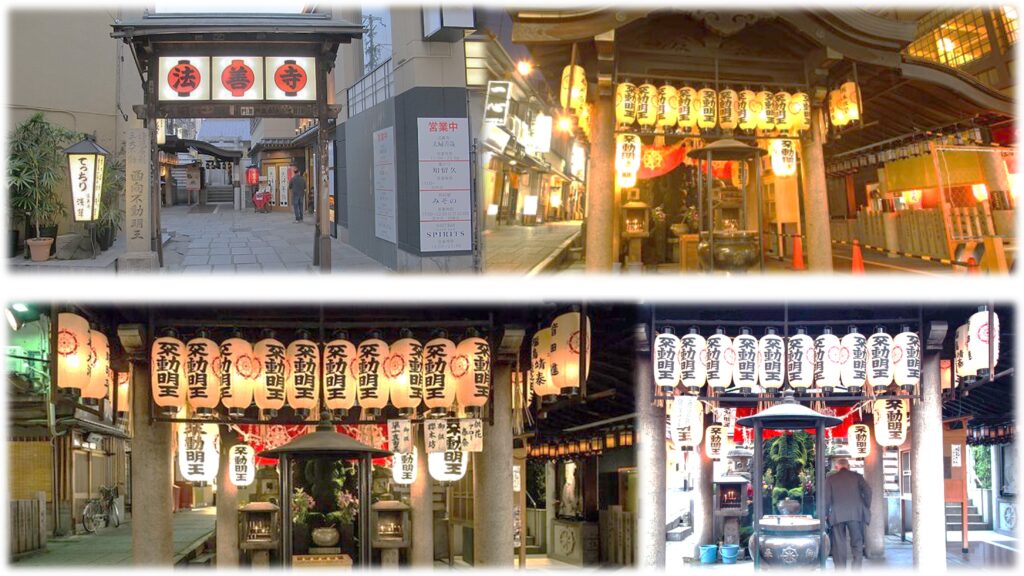
3. Hozenji Temple: A Hidden Gem in Osaka for History Lovers and Food Lovers
Osaka’s dazzling lights and buzzing streets hide a tranquil gem: Hozenji Temple.
Tucked away near Dotombori and Namba, it’s a tiny Buddhist haven unlike anything else.
Imagine stepping through an old wooden gate, leaving the city behind.
Inside, the most amazing sight? A statue covered in soft green moss, glowing in the light of paper lanterns. It’s surprisingly peaceful for a powerful Buddhist god!
Legend says locals sprinkled water on the statue for good luck, creating its mossy coat.
Want to try? Light a candle, offer some incense, and give it a little sprinkle – who knows, your wish might come true!
The evening gets even more magical as lanterns paint the square in warm light.
Look for the unique “torana” arch – not your typical Japanese gate! Exploring here feels like a walk back in time, before Osaka was filled with neon and ramen shops.
Hozenji Temple’s Story
This special place was first built in 1637, much bigger than it is now.
But during World War II, the temple was mostly destroyed. What remains today is a rebuilt temple with the precious main statue saved from destruction.
The temple honors Fudo Myoo, an important Buddhist deity.
Known as ‘The Immovable One,’ Fudo Myoo usually looks fierce with a sword and a rope in his hands. But at Hozenji Temple, the statue is covered in moss, making it look less scary.
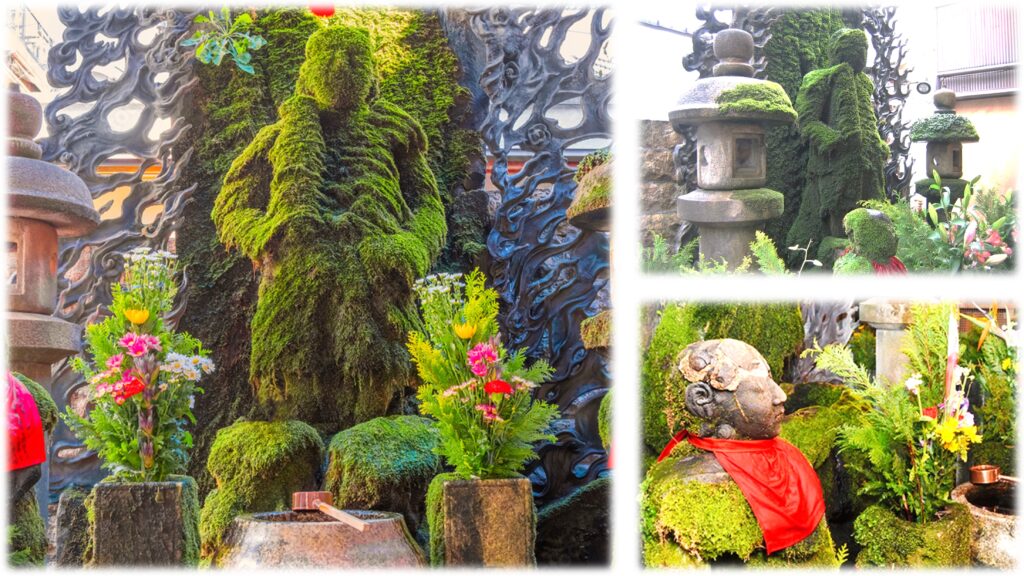
Legend has it that locals started pouring water on the statue after their wishes came true, leading to the moss that now covers it.
Want to try it yourself? Light a candle, offer some incense, and pour water on the statue to make a wish – who knows, it might come true!
The temple square looks amazing in the evening, with pretty lanterns and paper lights creating a magical atmosphere.
And there’s something unique – a small traditional arch called a torana. It’s not common to see this style in Japan, unlike the famous Japanese torii gates.

Stepping into the temple square is like taking a trip to the 16th century when Dotombori and Namba were bustling with theaters like kabuki and bunraku puppets.
Hozenji Yokocho: A Blend of History and Food
When the temple was built, lots of teahouses, small restaurants, and shops popped up nearby to serve visitors. That’s how this area became a buzzing entertainment spot, keeping its old-time feel.
Enter Hozenji Yokocho, a narrow alley branching off from the temple square.
Lit up by lanterns at night, it’s where you’ll find local foods like okonomiyaki, kushiage, kushikatsu skewers, and special wagyu teppanyaki.

More Exciting Spots Near Hozenji Temple
Dotombori is a lively district with colorful restaurant fronts that’s a treat to explore.
Namba has big shopping malls like Namba Parks and interesting spots like Namba Yasaka with a lion-shaped hall.
Amerika Mura is where you’ll find sneaker stores, surf culture, and hip-hop vibes.
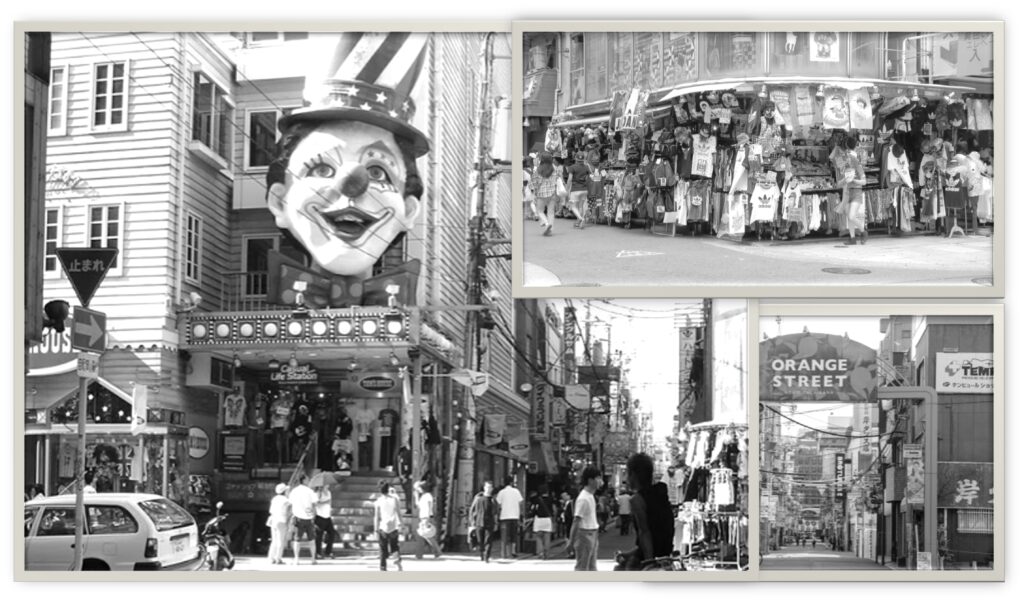
Midosuji Avenue is a wide street with fancy shops like Chanel and Louis Vuitton, perfect for shopping lovers.
●Save Travel Budget: Hotels, AirBnB, Hostels up to 40% OFF
The National Bunraku Theatre is where puppet theater, known as ningyo joruri, was born.
Kuromon Ichiba Market is a lively market to try out different foods and snacks.
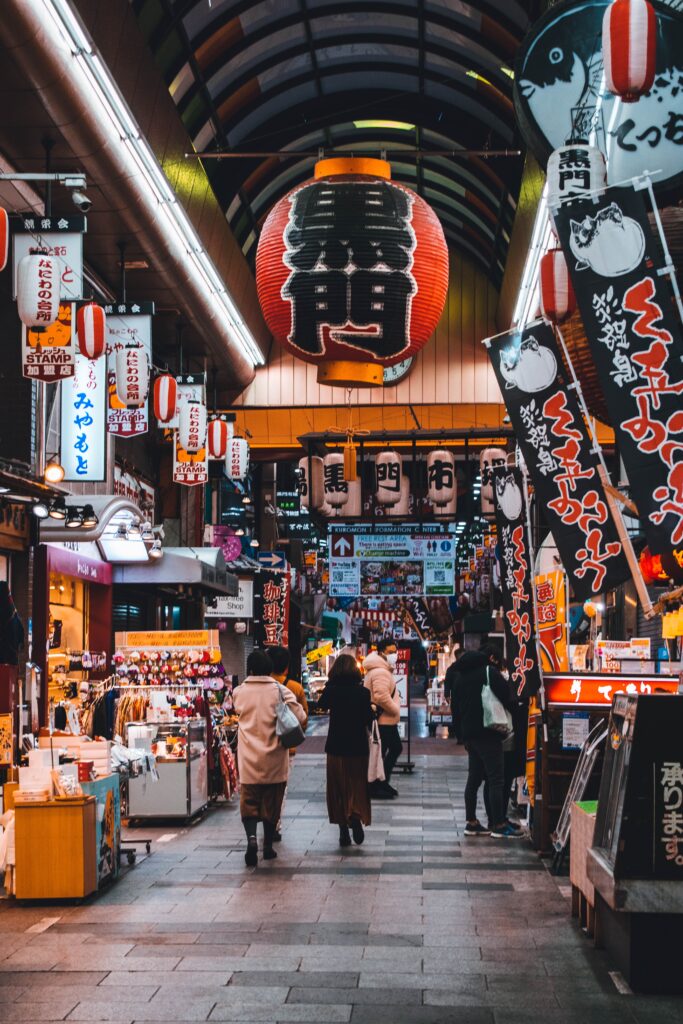
Den Den Town is Osaka’s ‘Akihabara,’ a place filled with electronics stores and shops.

Shinsekai, known for the Tsutenkaku tower and yummy kushikatsu skewer restaurants, has a unique retro-future vibe.
Imamiya Ebisu Shrine celebrates the god Ebisu and hosts a fun festival every January.
Tennoji, near Shinsekai, has changed a lot in recent years with new buildings and shops around the station.
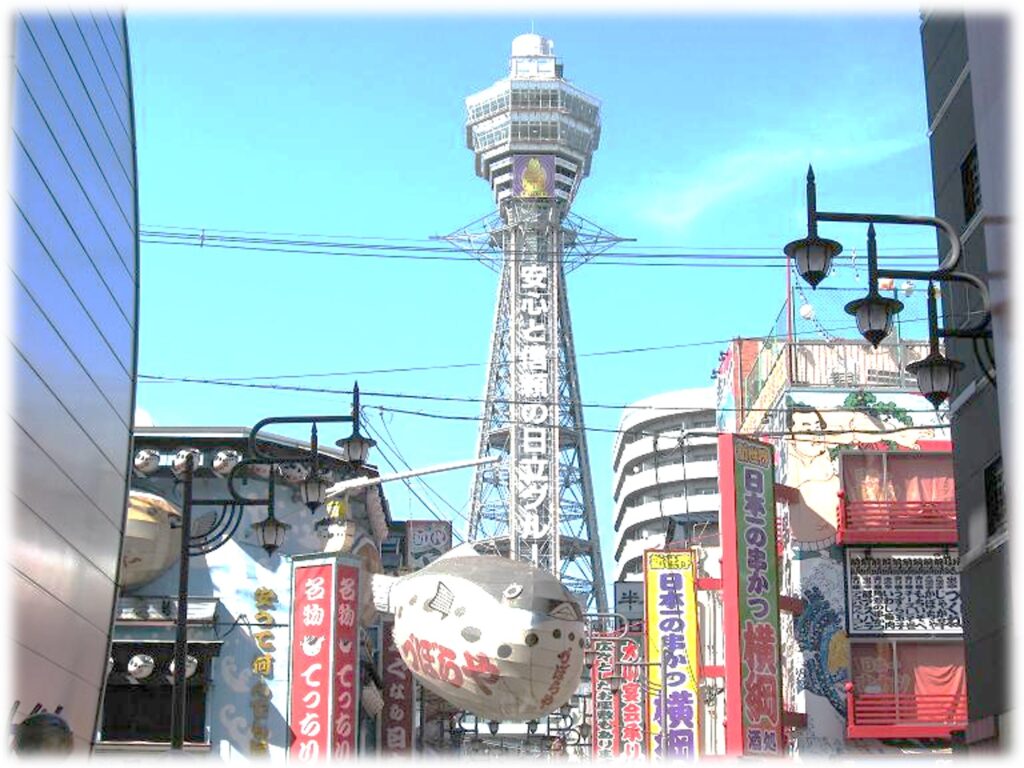
Getting to Hozenji Temple
Hozenji Temple is a short walk from Namba and Nippombashi subway stations. But remember, you can’t reach it with a JR Pass.
1 Chome-2-16 Namba, Chuo Ward, Osaka, 542-0076
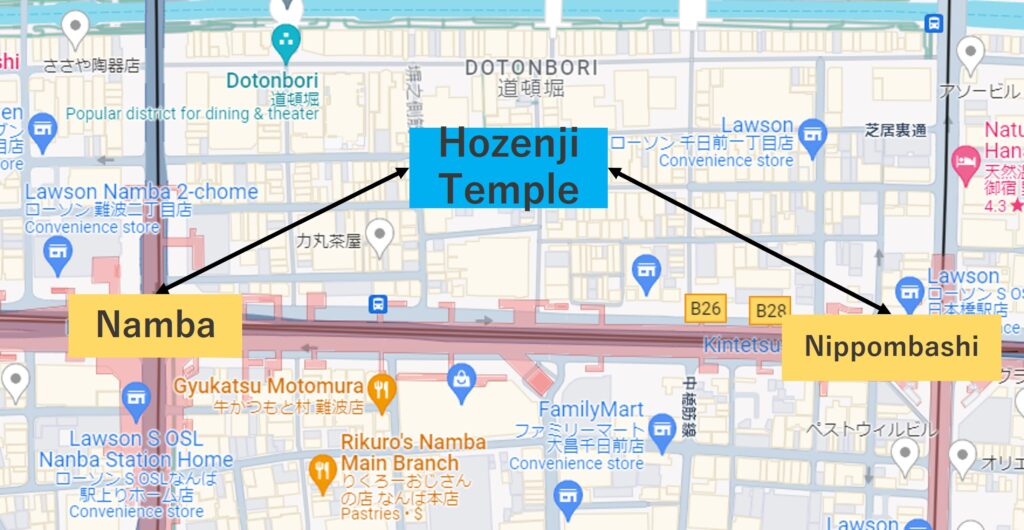
Social Links

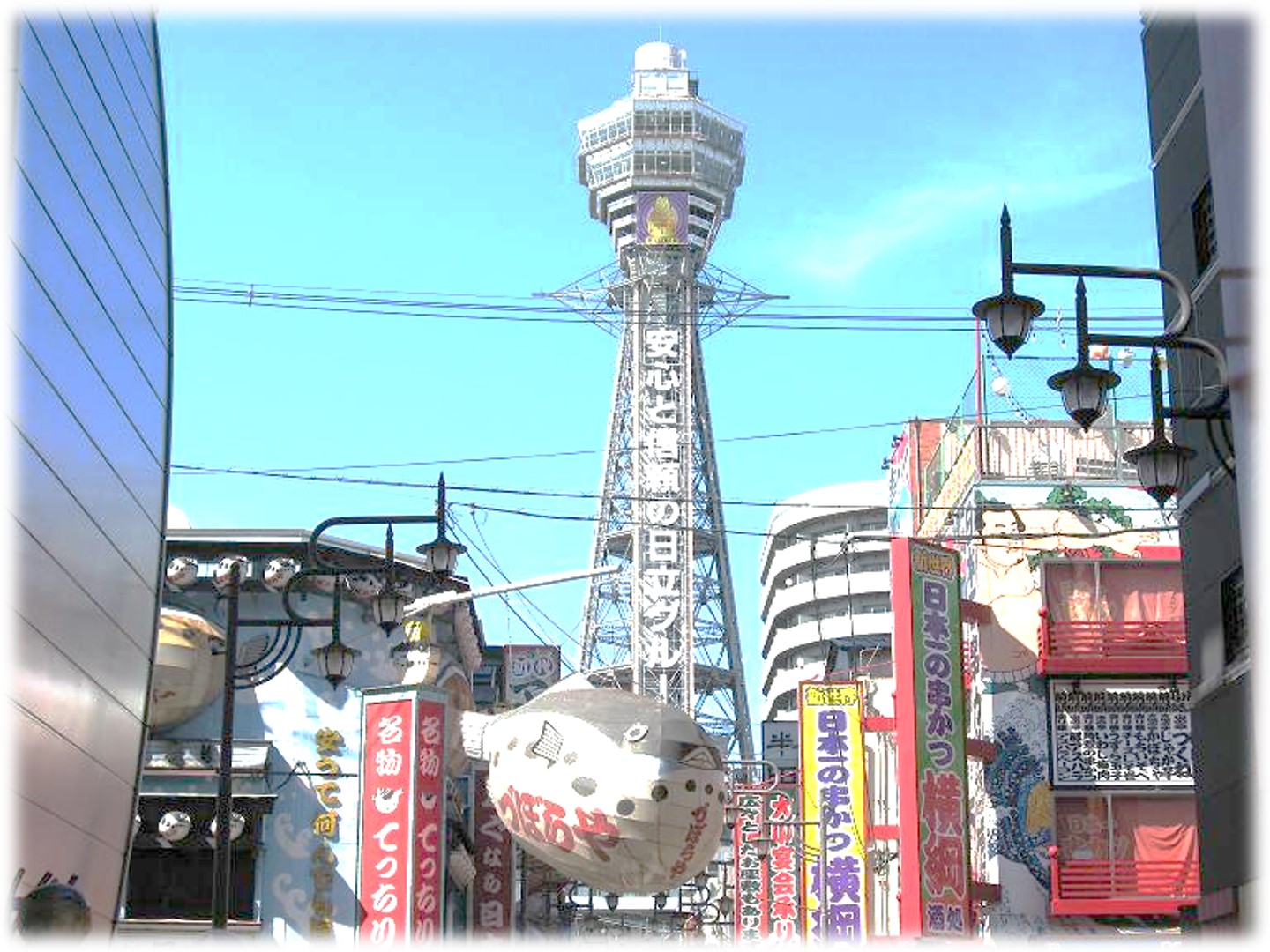





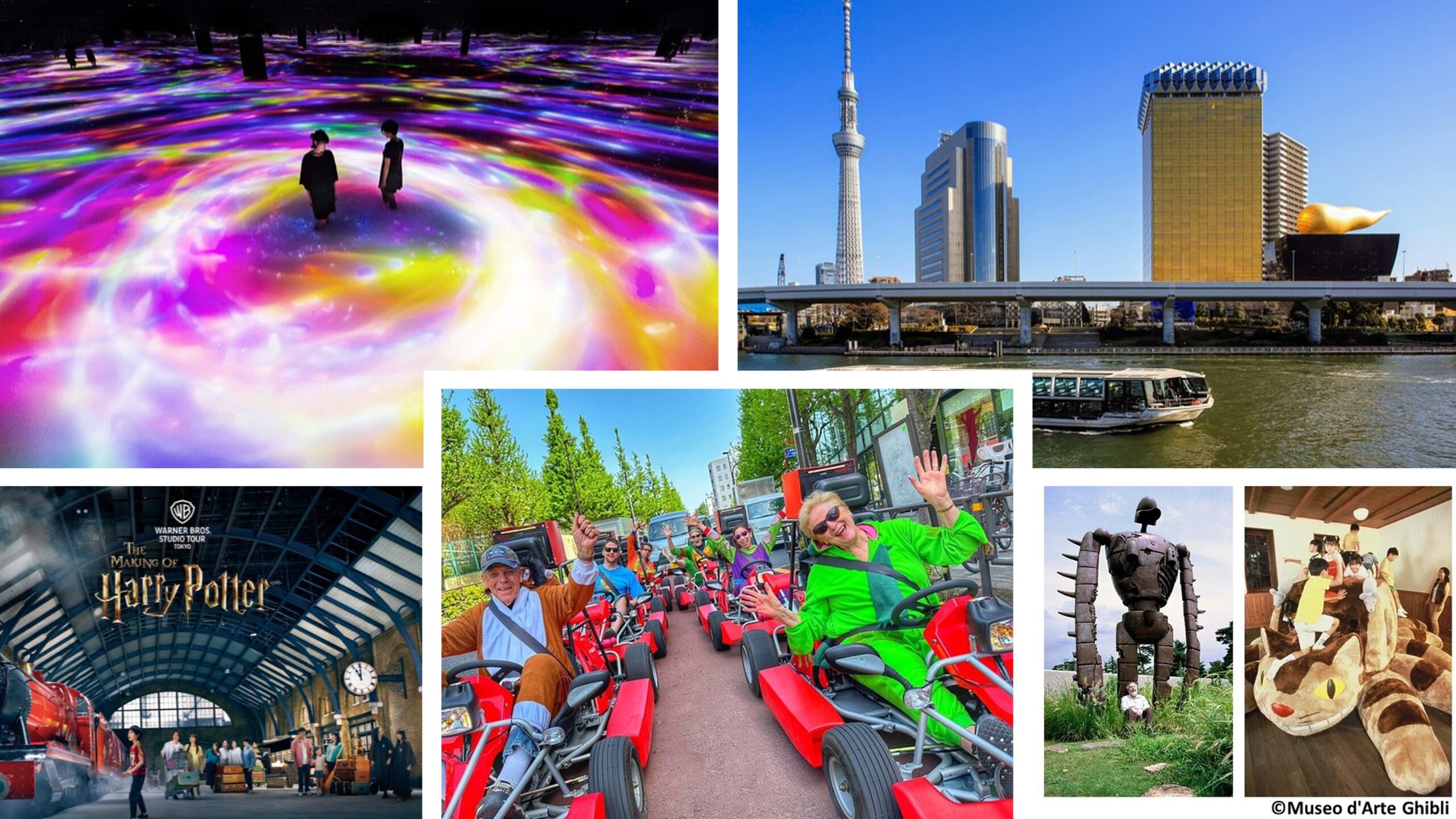


One thought on “Discover Unexpected Delight: Ultimate 3 Near Shitennoji!”